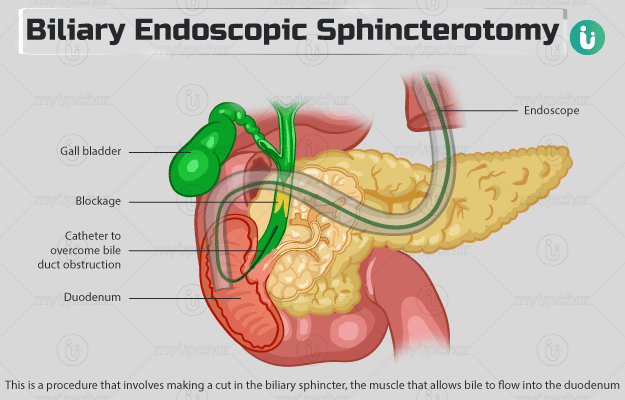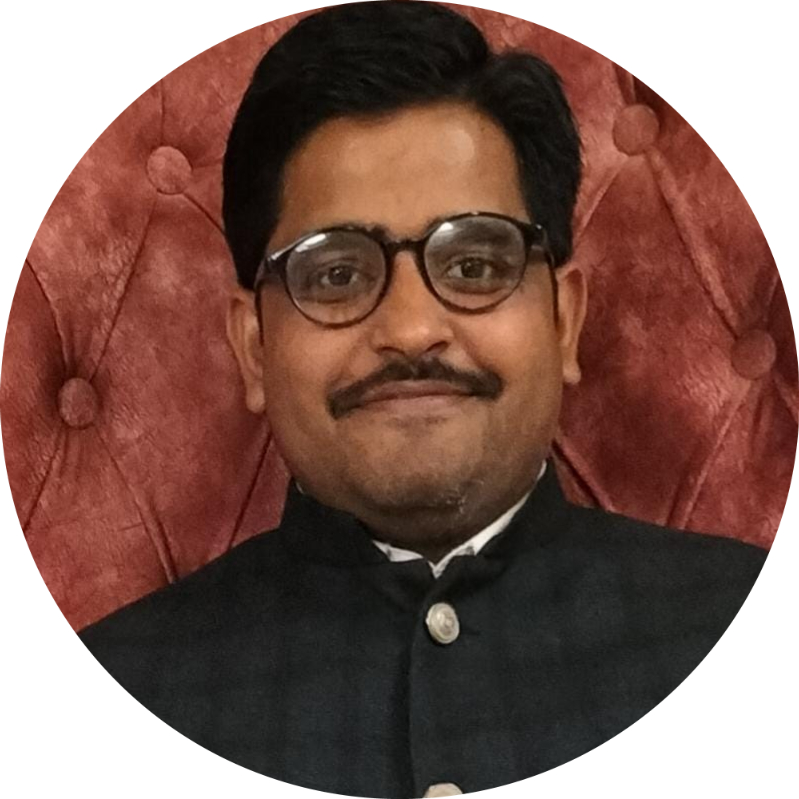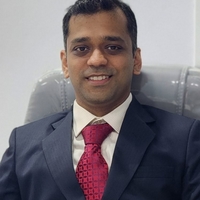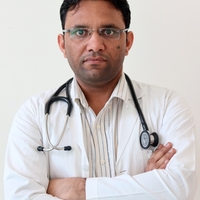Summary
Biliary endoscopic sphincterotomy is an endoscopic procedure wherein an incision is made in the papilla of Vater and biliary sphincter for treating conditions such as bile duct stones, cholangitis, bile sludge and leakage, narrowing of the bile duct, and sphincter of Oddi dysfunction.
To prepare for the procedure, you should not eat or drink for at least six hours. Blood tests will be required, and the doctor will ask for your complete medical history. The procedure will be done under local anaesthesia and sedatives. You will be discharged in about three hours after the procedure, or you may need to spend the night in the hospital. Do not operate any machinery, or drive until the effect of the sedatives wears off. Some risks of the procedure include bleeding, perforation of surrounding tissue, and pancreatitis.










































